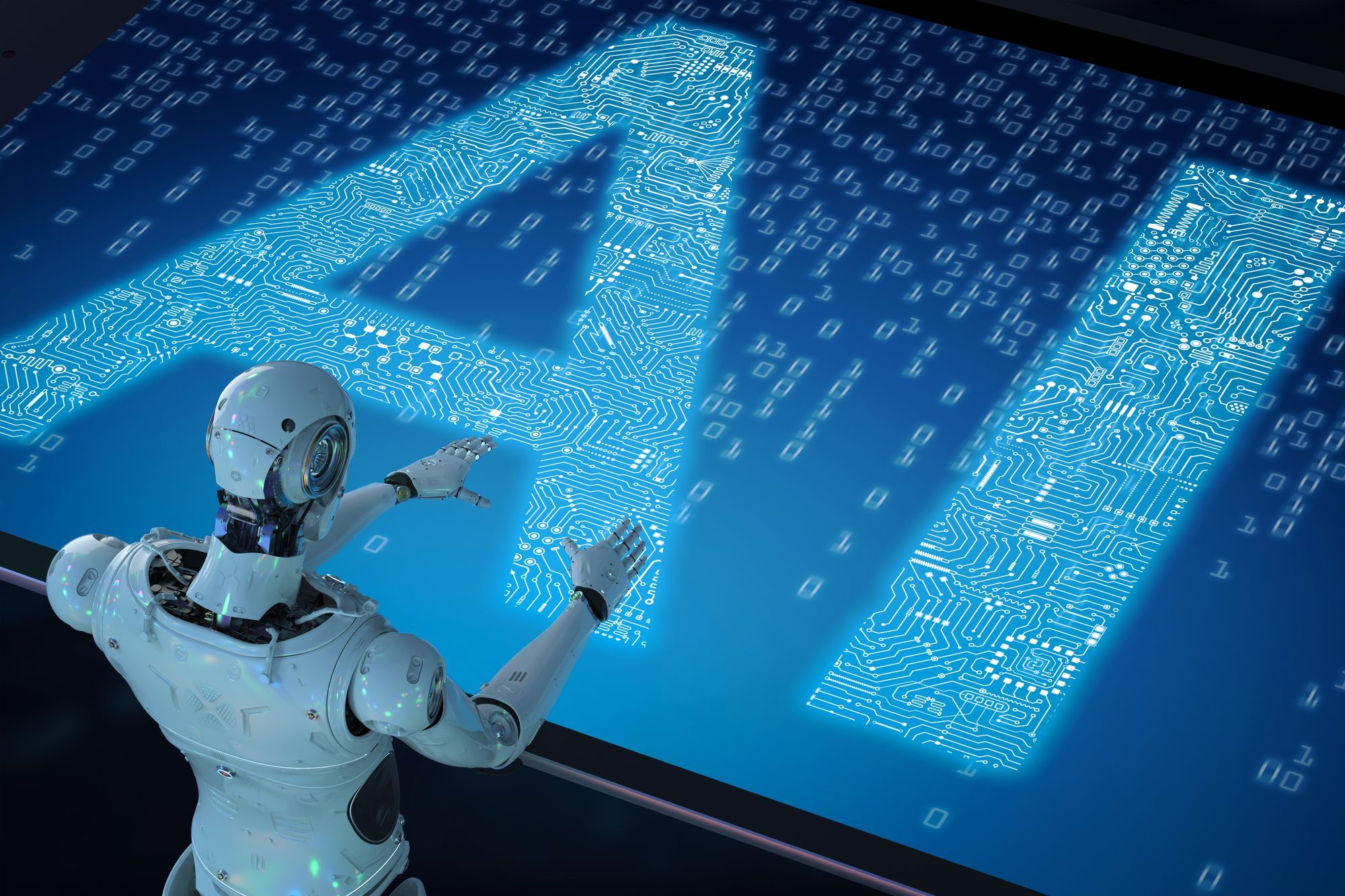This week, I read some interesting news that the first machine-learning generated textbook had been published. The book, titled Lithium-Ion Batteries: A Machine-Generated Summary of Current Research, is just what it says it is— a summary of hundreds of scholarly articles on the topic.
Reading through hundreds of unique documents, structuring the content topically, and summarizing the information is exactly what machine learning systems do well at this point in time. I can imagine a public-facing machine learning tool that would let users enter their areas of interest and generate a similar kind of summary on other topics. What is also compelling about this is that the original source is easily linked to, so that a reader can explore more in-depth scholarship in any particular area.
What machine learning struggles with (so far) is writing captivating, original content like journalism or poetry. There are some interesting examples such as the Poetry Generator (and it's user-guiding cousin, Masterpiece Generator) that demonstrate the current state of things. Yes, it is poetry, but the examples it generates are often laughable. While this is an interesting milestone, it made me think about some of the work being done to automate design with machine-learning. There are enterprise applications available now, like Microsoft's Power BI, that allow you to type in a natural language question on your dashboard and have a custom report compiled as a response. Could machines replace UX/UI designers in the future?
What about an automated AI Designer? We have a long way to go to get there, but I do think it is achievable — at least within certain constraints. Here are some areas that I think machine-learning will first impact design:
1) Automated Design Builder
Good design usually follows a set of underlying rules on a number of different levels. There are also often clear de facto standards for certain types of websites like an ecommerce store, a dental office website, or a restaurant website. A machine-learning system could ingest thousands of examples of similar designs and deduce standards for things such as sections, button placement, labels, and field order. I can see a time when a wizard could interview a user about what is needed and generate a UI based on a set of pre-defined rules. This would be so quick and easy to do, that it could generate variations for review and feedback. This could replace easy-site-builder tools like Wix in the near future.
2) Automated UI QA
Consistency is a key sign of a well-designed UI. Like those articles about battery technology, a machine-learning system could look at a few or a few hundred screens and look for inconsistencies in things like labels, object placement and typefaces. Like a spell checker, this system could suggest a replacement, and let you accept the suggestion or enter a change of you own.
3) Really Smart, Smart-Guides
A smart assistant could be embedded in a development tool to suggest the locations, labels and interactions for new UI objects that follow this set of rules. A system like this would need to remember the old "garbage in, garbage out" rule.
4) AI Stylizer
Another system in the foreseeable future could be tools that let you construct a complete system using basic wireframe shapes and then allow you to apply a visual style to the system of your choice. Think of something similar to an automated style sheet — you could dial in attributes such as "more modern" or "more whitespace."
5) AI Design System
Consistency within a system as well as consistency between systems is often hard to achieve. Instead of giving system developer choices of different styles, machine-learning tool could provide governance. An approved design system could be documented as a set of machine-learning rules that would allow easy additions or even completely new systems to be created following the rules of the system by default.
Is AI on the verge of replacing the UX/UI designer? I think we have a long way to go and have other, more important, problems to solve. I do think we will see some narrow solutions, like the ones described here, in the coming year. In the end, I like to think that good UX/UI design more like poetry than a summary of academic research.
